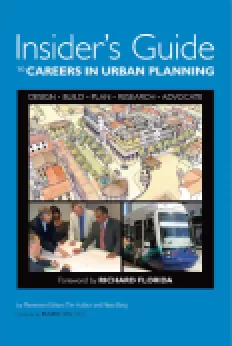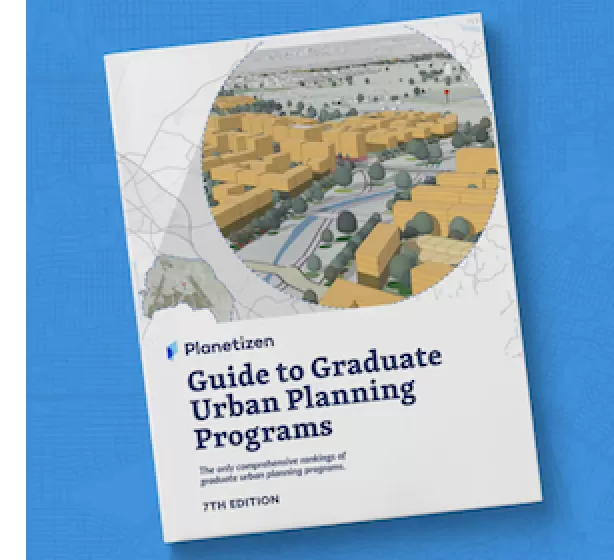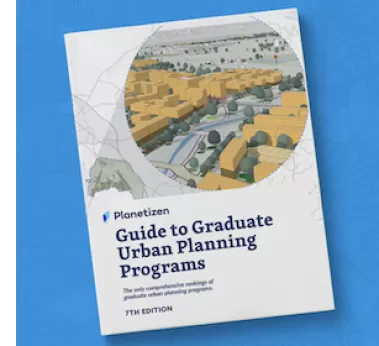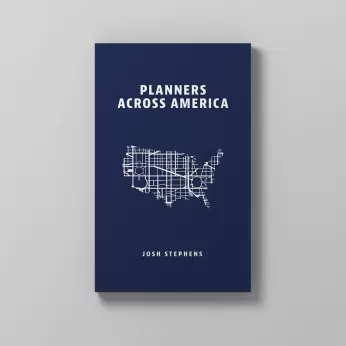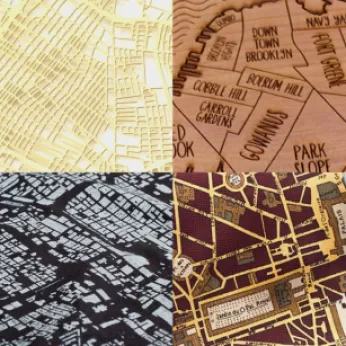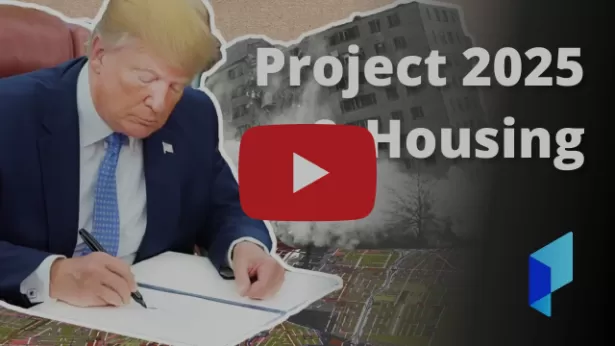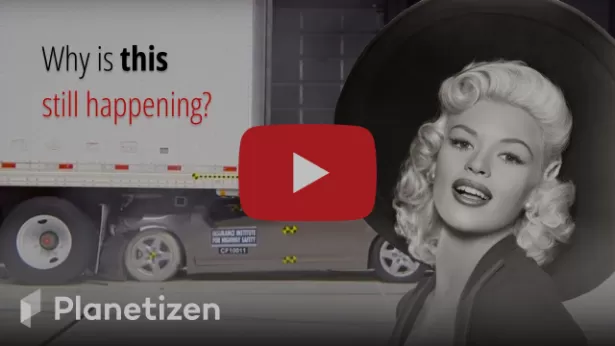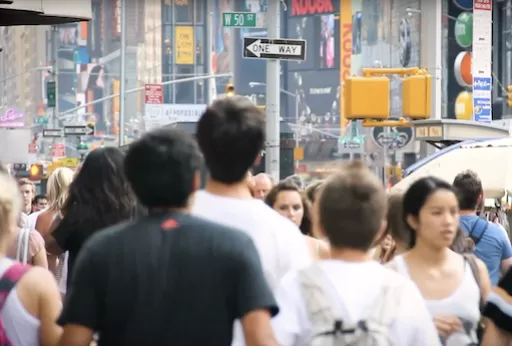A common criticism of streetcars are their relative slow speed combined with high capital and operating costs. Still, streetcars are being constructed in both large in small cities to help incentivize development.
Streetcars run at street-level, therefore, running directly along with the flow of traffic, and even stopping at stoplights. As Mary Newsom of The Naked City describes, many critics of streetcars "seem to be assessing the streetcar's value by whether it's faster than driving...," and as in one Charlotte Observal editorial writes, the streetcar "would operate on regular streets, stopping for red lights and traffic congestion. It wouldn't be faster than a bus. It would merely be a very expensive, but very pretty, bus. What the city is buying is an aesthetic."
Instead, as Newsom argues, is the true success of the streetcar, and why so many cities, big and small, around the U.S. are building high-priced, short-length routes; the streetcar provides a powerful incentive to development. She argues, "lost in that analysis, and in remarks by some that a streetcar is just a toy, is this: Development reacts to streetcars very differently from the way it reacts to bus routes." So even while the streetcar may not effectively increase speeds for those who switch to it over driving or using the bus, the gains from new development outweigh the transportation issues the streetcar fails to solve.
But yet, is it still worth it? Newsom cites, indeed, the millions of dollars cities and counties spend in other development incentives, such as building sports stadiums. What types of investments, as well as what kinds of funding mechanisms for such large projects, will certainly need to be the source for more research in the future.
FULL STORY: Is a streetcar speedy? And other red herrings

Planetizen Federal Action Tracker
A weekly monitor of how Trump’s orders and actions are impacting planners and planning in America.

Chicago’s Ghost Rails
Just beneath the surface of the modern city lie the remnants of its expansive early 20th-century streetcar system.

Amtrak Cutting Jobs, Funding to High-Speed Rail
The agency plans to cut 10 percent of its workforce and has confirmed it will not fund new high-speed rail projects.

Ohio Forces Data Centers to Prepay for Power
Utilities are calling on states to hold data center operators responsible for new energy demands to prevent leaving consumers on the hook for their bills.

MARTA CEO Steps Down Amid Citizenship Concerns
MARTA’s board announced Thursday that its chief, who is from Canada, is resigning due to questions about his immigration status.

Silicon Valley ‘Bike Superhighway’ Awarded $14M State Grant
A Caltrans grant brings the 10-mile Central Bikeway project connecting Santa Clara and East San Jose closer to fruition.
Urban Design for Planners 1: Software Tools
This six-course series explores essential urban design concepts using open source software and equips planners with the tools they need to participate fully in the urban design process.
Planning for Universal Design
Learn the tools for implementing Universal Design in planning regulations.
Caltrans
City of Fort Worth
Mpact (founded as Rail~Volution)
City of Camden Redevelopment Agency
City of Astoria
City of Portland
City of Laramie








